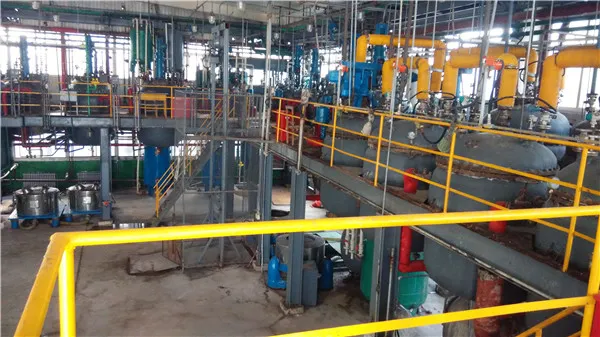Understanding the Significance of CAS No. 9003-05-8 Polystyrene
CAS No. 9003-05-8 refers to polystyrene, a widely used synthetic polymer that has become an essential material in various industries. Polystyrene is an aromatic hydrocarbon polymer that is derived from the monomer styrene, which is a clear liquid that evaporates easily. This article explores the properties, applications, environmental considerations, and future trends related to polystyrene.
Properties of Polystyrene
Polystyrene is known for its versatility. It can exist in two primary forms solid polystyrene and expanded polystyrene (EPS). The solid form is a rigid plastic, while EPS is a lightweight, foam-like material. Polystyrene is transparent, has a low density, and offers good insulation properties. It also has excellent electrical insulation capabilities, making it a popular choice in electronic applications. Additionally, polystyrene is relatively inexpensive to produce and process, which has contributed to its widespread usage.
One of the critical features of polystyrene is its ability to be molded into various shapes and sizes. This property is particularly valuable in the packaging industry, where polystyrene can be formed into containers, cups, and trays. Since it can be easily colored and printed on, polystyrene is also widely used in the production of consumer goods with aesthetic appeal.
Applications of Polystyrene
Understanding the Significance of CAS No
. 9003-05-8 PolystyreneIn the construction industry, polystyrene is utilized in insulation materials for walls and roofs, contributing to energy efficiency in buildings. Its lightweight nature reduces shipping costs and makes it easier to handle during construction.
cas no 9003 05 8

Additionally, polystyrene finds applications in various consumer goods, including toys, electronic housings, and disposable cutlery. The automotive sector also utilizes polystyrene for interior components due to its lightweight properties, which contribute to fuel efficiency.
Environmental Considerations
Despite its advantages, polystyrene is often criticized for its environmental impact. The material is not biodegradable, and its disposal can lead to environmental pollution. Polystyrene waste can persist in landfills for hundreds of years, and its lightweight nature allows it to easily become litter in marine environments, posing risks to wildlife.
In recent years, there has been a significant push towards recycling polystyrene. Some municipalities have initiated recycling programs specifically for polystyrene products, and new technologies are being developed to improve the recycling process. These efforts aim to reduce the environmental footprint of polystyrene while promoting the circular economy.
Future Trends
The future of polystyrene is likely to be shaped by advancements in technology and increased awareness of environmental issues. Biodegradable alternatives to traditional polystyrene are emerging, driven by consumer demand for more sustainable packaging solutions. Additionally, improvements in recycling technologies may lead to higher recycling rates and the development of closed-loop systems.
As regulations around single-use plastics become more stringent, the polystyrene industry will need to adapt to changing consumer preferences and environmental standards. Innovations in material science could lead to the development of new polymers that mimic the beneficial properties of polystyrene while being more environmentally friendly.
In conclusion, CAS No. 9003-05-8, or polystyrene, plays a crucial role in various industries, offering unique properties that make it valuable for numerous applications. However, its environmental impact cannot be ignored, and the industry must strive for sustainability through recycling and the development of alternative materials. As we move forward, balancing the utility of polystyrene with ecological responsibility will be key to its future.

